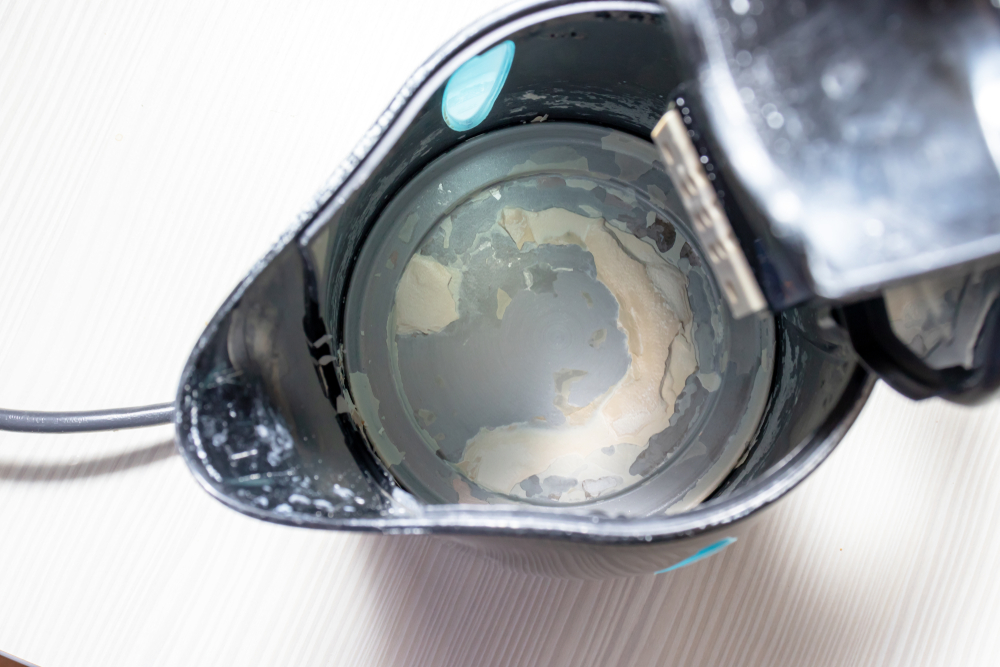Removing Kettle Limescale Without Vinegar or Lemon Acid.
Others are reading now
The issue affects both electric and steel kettle models. Limescale not only looks unsightly but also prolongs boiling time and consumes more energy. How to remove kettle limescale? It’s surprisingly simple.
The kettle is one of the most essential kitchen appliances, aiding in the preparation of many beverages and dishes.
However, despite their necessity, cleaning them from hard water deposits doesn’t seem to be high on anyone’s priority list. Fortunately, there’s a household method to eliminate this problem in no time.
Also read
How to Get Rid of Kettle Limescale?
Limescale build-up can actually clog the heating element in the kettle, as minerals in the water, such as calcium, form calcium carbonate during boiling. Hard water contains more of these minerals, meaning more limescale accumulates, worsening the situation when heating water.
Removing Kettle Limescale Without Vinegar or Lemon Acid
Home and natural cleaning methods are better for the appliance and much easier and safer for the cleaner.
One of the most popular solutions involves using vinegar or lemon acid, which can help prevent limescale build-up. For those looking for alternative methods, two other options exist: Coca-Cola and potato peelings.
-
Using Coca-Cola:
-
Pour 300 ml of Coca-Cola into the kettle.
-
Then add some water to the mixture and bring it to a boil in the device.
-
After boiling, leave the beverage in the kettle for about 30 minutes.
-
Finally, thoroughly rinse the interior with water.
-
-
Using Potato Peelings:
-
Place previously washed potato peelings at the bottom of the kettle.
-
Fill it with water and bring to a boil.
-
Repeat the process multiple times with fresh peelings to ensure the limescale completely detaches from the bottom of the kettle.
-
These methods offer a practical and odor-free way to maintain your kettle’s efficiency and appearance, ensuring it remains an indispensable part of your kitchen without the hassle of hard-to-remove limescale deposits.

